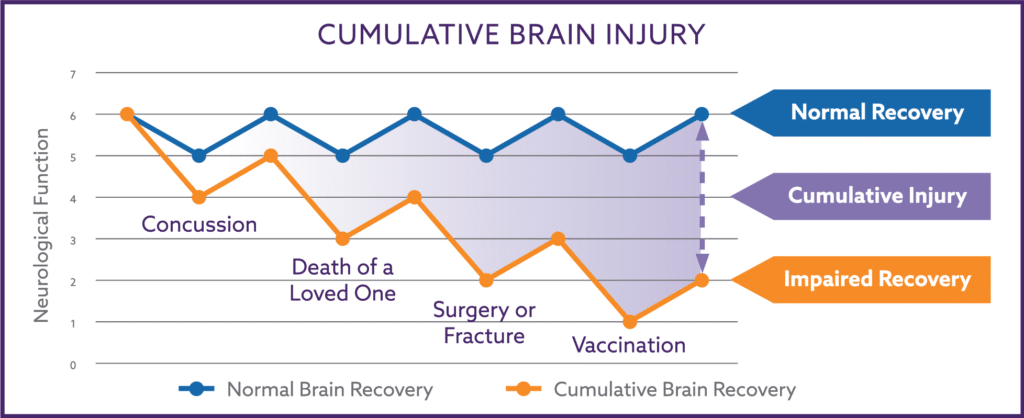The caloric density of foods that we’re exposed to has also changed dramatically in the last few decades. The more manufacturers process the food, the greater the caloric density the food product often obtains.
For example, let’s look at the number of calories per pound of corn and corn products:
- Fresh Corn – 490 calories per pound
- Corn Tortillas – 1,000 calories per pound
- Corn Tortilla Chips – 2,450 calories per pound
The food manufacturers are increasingly processing the foods sold to us and are marketing them under misleading programs. As a result, many basic food items (dairy, corn, wheat, and oats) have been transformed into products with many more calories for the same quantity or mass of food.
Consequently, one component of losing weight and keeping the weight off is to try and go back towards more natural, unprocessed foods that tend to have a low caloric density.
Now, I’m not suggesting that everyone buy “organic” food (which can have its own benefits but tends to be expensive at times) but I am suggesting you consider the old trick of shopping for your food from the parameter of the market (where the most natural, unprocessed foods are found) and prepare more of you meals yourself.
The increasing caloric density of food is one of the reasons that there’s been a substantial increase in daily caloric intake in the U.S. From 1971 to 2000, the daily caloric intake for men increased 168 calories and women increased almost twice that amount, 335 calories.
Remember, you body weight increases 10 lbs in a year for every 100 calories you consume on a regular and daily basis. It’s the little things (such as eating a pre-prepared meal instead of cooking ourselves) that cause us to put on the pounds slowly over time.

